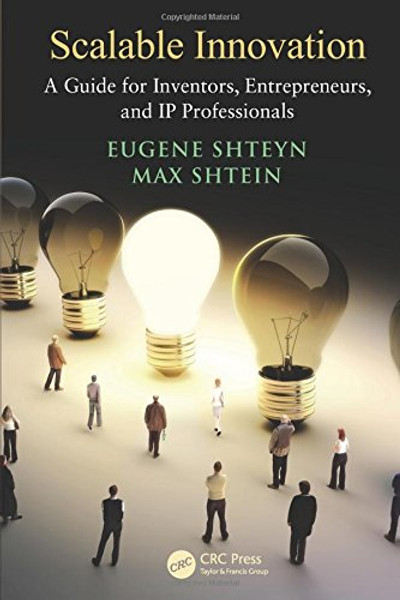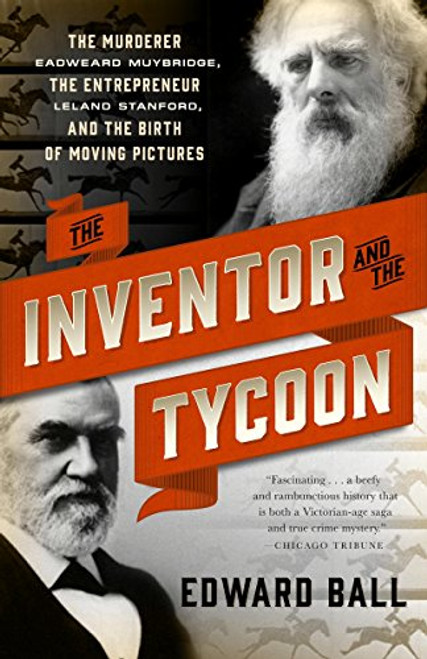Product Overview
Innovation is a primary source of economic growth, and yet only one idea out of 3,000 becomes a successful product or service. Scalable Innovation: A Guide for Inventors, Entrepreneurs, and IP Professionals introduces a model for the innovation process, helping innovators to understand the nature and timing of opportunities and risks on the path to success. The authors apply systems thinking to discover real-life challenges, and provide tools for turning these challenges into opportunities for practical, scalable innovation.
The book is organized into four sections:
- Prologue exposes key barriers to creativity and innovation. It provides telling examples of how years in school and at work make us accept common wisdoms that are likely to hurt our chances to create or take advantage of breakthrough innovations.
- Section I introduces a system model for understanding technology and solving problems. It shows how to connect the model with real-life solutions, including their reflection in patents.
- Section II introduces tools for thinking outside the box, considers the role of luck in success of inventions, and presents tools for flexible thinking and imagination development.
- Section III discusses system dynamics, including how the elements of systems evolve, creating space for invention and scalable innovation. The authors illustrate this with case studies from various industries and technology areas. They analyze several landmark innovations in detail, revealing surprising and essential elements common to all of them.
This book presents simple principles that form the foundation of successful innovation, enabling practitioners to anticipate and expedite the creation of value through the guided innovation process. It outlines the most common barriers in reasoning and false beliefs about innovation that impede practitioners from seeing problems in a new light and offers specific ways of dealing with these barriers. It also provides specific tools for quickly identifying essential present and missing elements of systems underpinning high-value problems and their proposed solutions, resulting in an accelerated innovation development and evaluation cycle.








